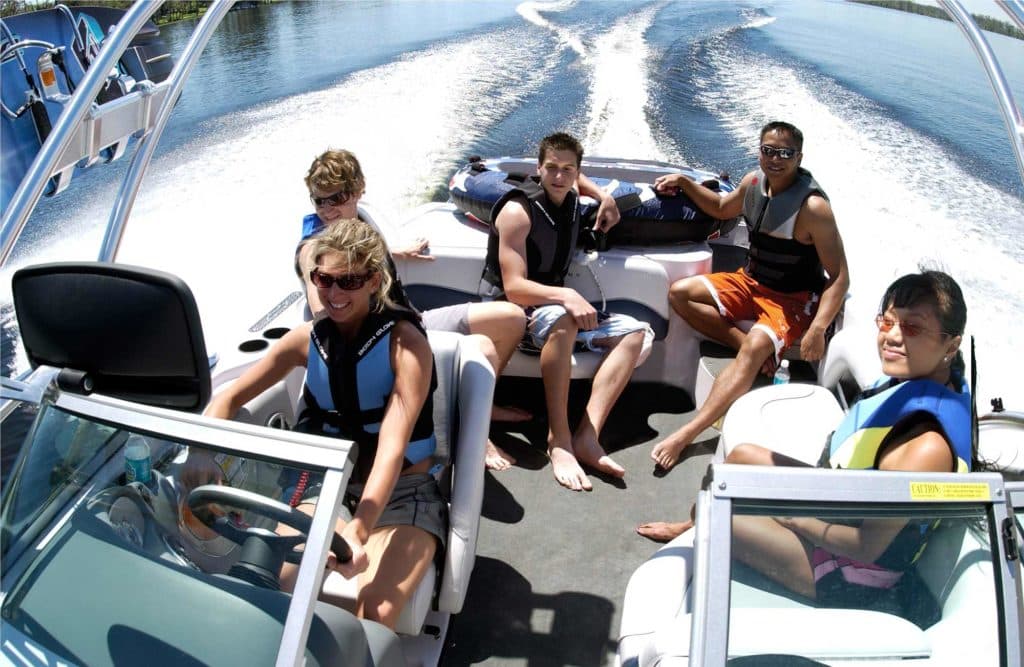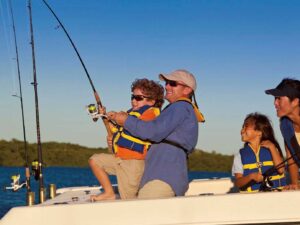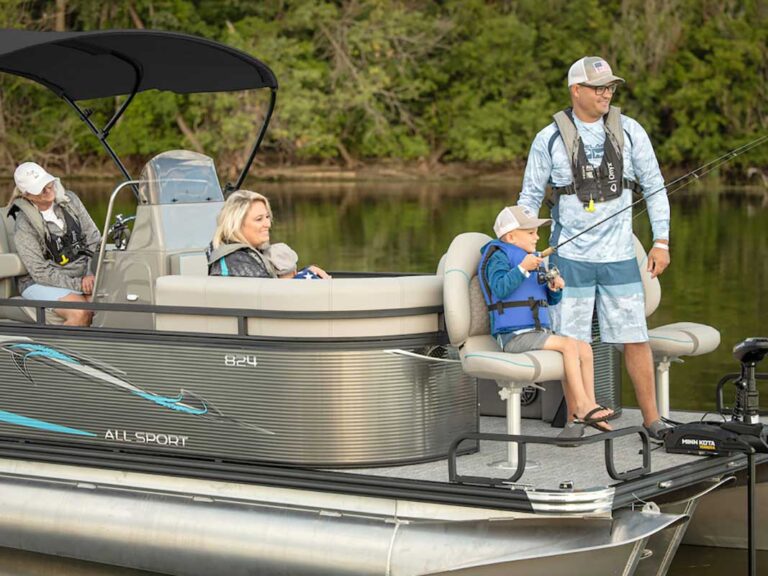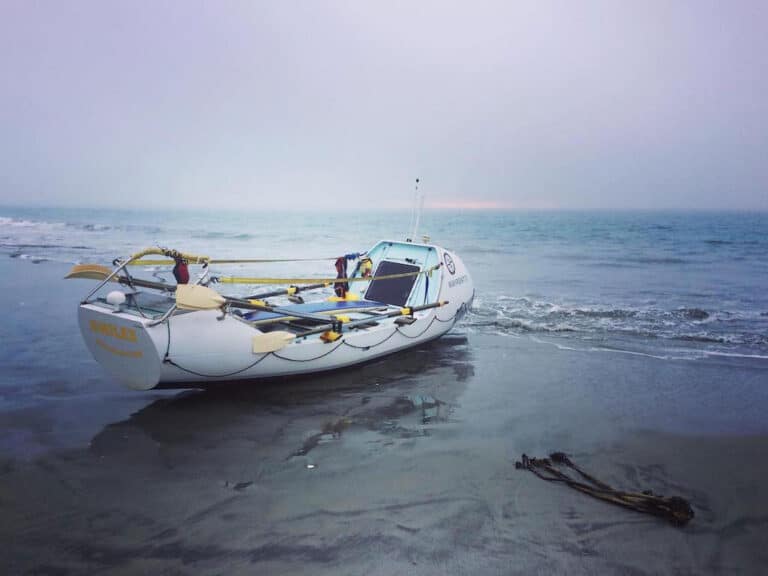
It’s the report on which you don’t want to appear: the U.S. Coast Guard’s annual roundup of boating accidents, injuries and deaths. Safe-boating practices — and especially wearing a life jacket — reduce the chances that you will.
In 2017, across a fleet numbering just under 12 million registered vessels, the Coast Guard counted 4,291 recreational boating accidents that involved 658 deaths.
That was a slight uptick from the three years from 2013 to 2015, but continued a trend: fatalities in each year since 2012 have been lower than in most years from 1997 to 2011. (The biggest improvements have been in motorized boats.) Accident and injury rates have declined too.
The 2017 fatality rate — 5.5 deaths per 100,000 registered recreational vessels — reflected a 6.8 percent decrease from the previous year. The number of accidents and the number of injuries both declined as well.
In 2017, where the cause of death was known, 449 of 658 deaths — 68 percent — were caused by drowning. More than 80 percent of those who drowned were not wearing life jackets — even though the law requires life jackets to be available on board for every occupant.
A life jacket must be in good condition (check and recharge, if necessary, all inflatable life jackets), and must be the proper size and type for the person who will wear it. An improperly fitting or worn jacket might not support a boater well enough to keep the airway clear of water — and the wearer alive. There is no guarantee a life jacket will prevent drowning, but the Coast Guard notes few drownings take place while wearing them.
Other thought-provoking accident stats:
•Where boat length was known, eight of 10 people who drowned were in vessels less than 21 feet long.
•Alcohol was the leading contributing factor in fatal boating accidents, and among the top five in reported accidents overall, along with operator inattention, improper lookout, operator inexperience and machinery failure.
•Where instruction was known, 81 percent of deaths occurred on boats where the operator had not received boating-safety instruction; only 14 percent of operators held a nationally approved boating-safety-education certificate.
The Coast Guard maintains records of marine accidents and fatalities, which are gleaned from reports filed by state boating agencies.
The U.S. Coast Guard is asking all boat owners and operators to help reduce fatalities, injuries, property damage, and associated healthcare costs related to recreational boating accidents by taking personal responsibility for their own safety and the safety of their passengers. Essential steps include: wearing a life jacket at all times and requiring passengers to do the same; never boating under the influence (BUI); successfully completing a boating safety course; and getting a Vessel Safety Check (VSC) annually from local U.S. Coast Guard Auxiliary, United States Power Squadrons(r), or your state boating agency’s Vessel Examiners. The U.S. Coast Guard reminds all boaters to “Boat Responsibly!” For more tips on boating safety, visit uscgboating.org.








